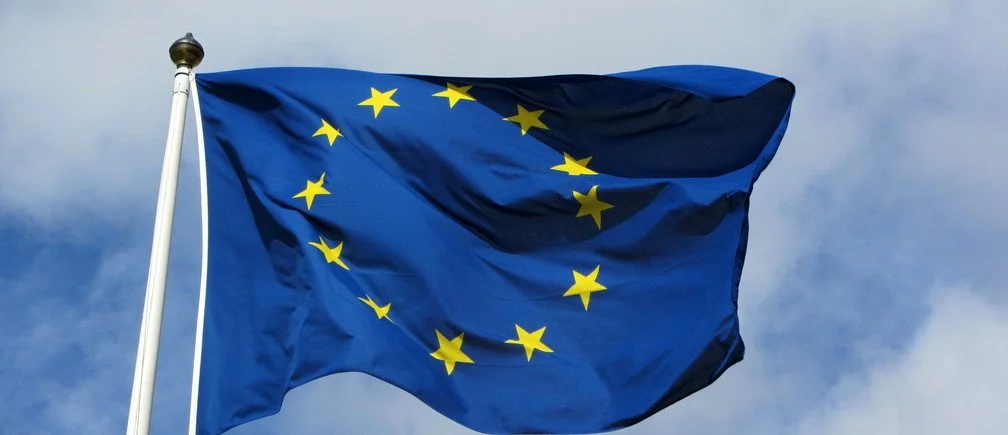EU Eases CBAM Rules for SMEs Without Compromising Climate Goals
Overview
The European Union is simplifying its Carbon Border Adjustment Mechanism (CBAM) to ease the burden on small and medium-sized enterprises (SMEs), while still covering 99% of emissions from high-carbon imports. This move balances administrative relief with environmental integrity, signaling a pragmatic shift in EU climate policy.
A Break for Small Importers
In a major update to its climate policy framework, the European Parliament’s Environment Committee has endorsed changes to the CBAM that will significantly reduce red tape for SMEs. A new 50-tonne de minimis threshold means that around 90% of importers, mostly small businesses and individuals, will be exempt from CBAM reporting requirements. This exemption is part of the broader “Omnibus I” simplification package introduced by the European Commission in February 2025.
Environmental Integrity Remains Intact
Despite the exemptions, the EU is holding firm on its climate commitments. The revised CBAM will still cover 99% of CO₂ emissions from imports of carbon-intensive goods such as iron, steel, aluminum, cement, and fertilizers. This ensures that the mechanism continues to serve its core purpose: preventing carbon leakage and maintaining a level playing field for EU producers.
Simplified Compliance and Stronger Safeguards
The updated rules also aim to make compliance easier and more transparent. Key improvements include:
Streamlined authorisation for importers
Clearer emissions calculation methods
Tighter anti-abuse provisions to prevent loopholes
These changes are designed to make the system more user-friendly while reinforcing its robustness.
Next Steps and Broader Implications
The proposal passed with overwhelming support—85 votes in favor, one against, and one abstention—and now heads to a plenary vote on May 22, 2025. If approved, negotiations with the EU Council will follow to finalize the legislation. The Commission also plans to review the CBAM’s scope by early 2026, potentially expanding it to cover more sectors at risk of carbon leakage.
This move reflects the EU’s evolving approach to climate regulation—pragmatic, inclusive, and still ambitious. By easing the burden on SMEs while keeping emissions in check, the EU is showing that climate action and economic flexibility can go hand in hand.

